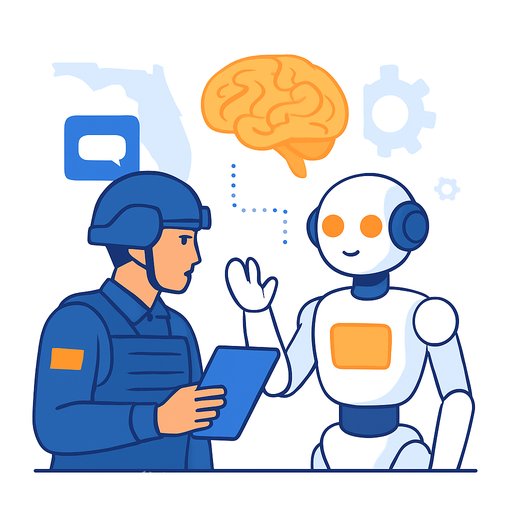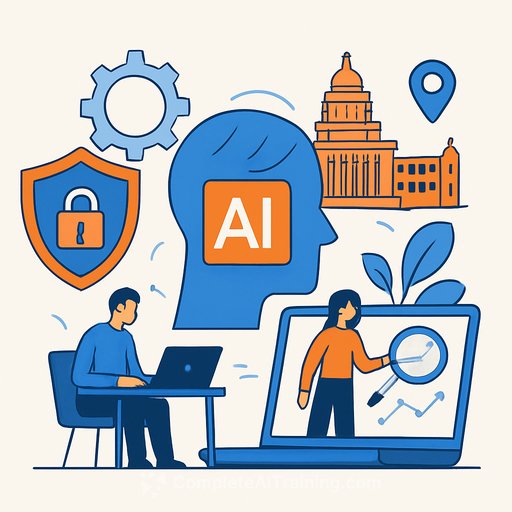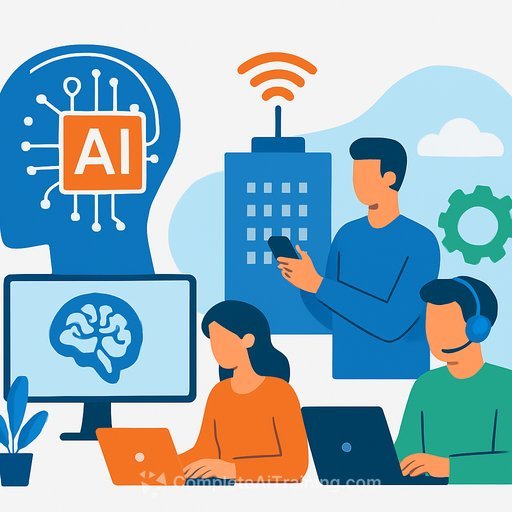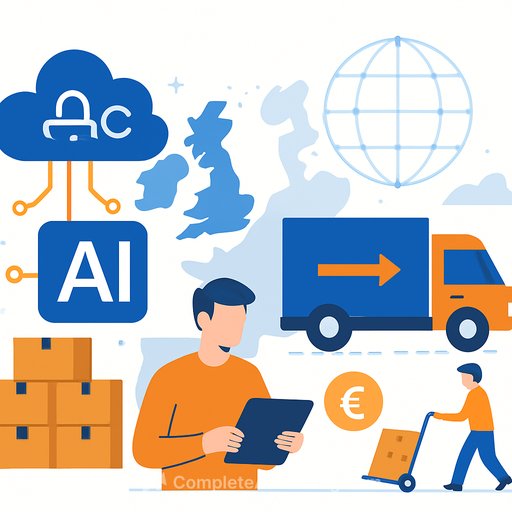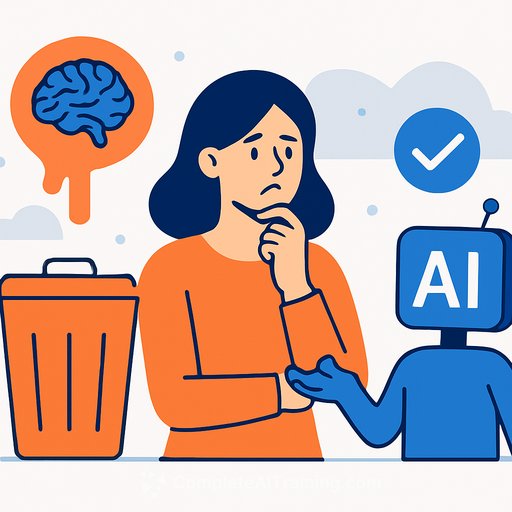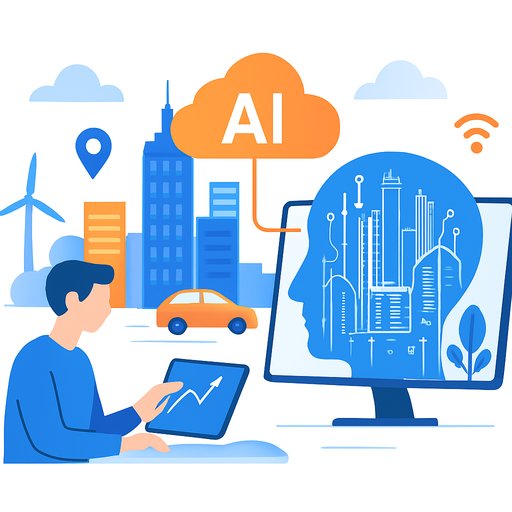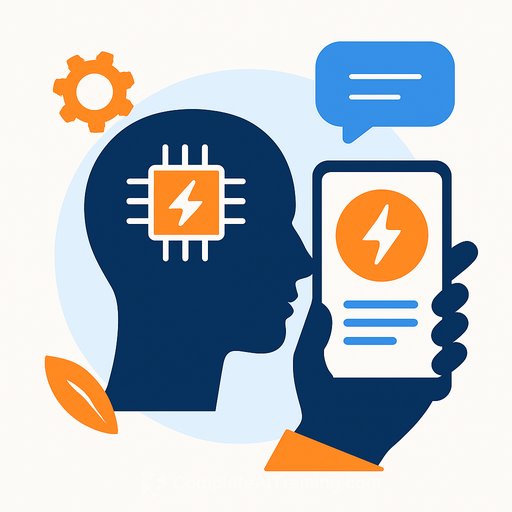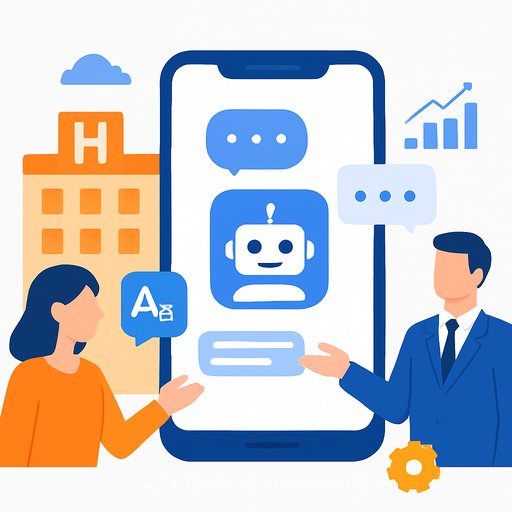AI in Customer Service: When Automation Becomes a Barrier
The phrase "the customer is king" feels increasingly hollow in many large organisations today. Instead of receiving attentive human support, customers often find themselves stuck dealing with automated systems designed to avoid human interaction altogether.
Artificial intelligence (AI) promised faster resolutions, improved efficiency, and cost reduction. It delivers well on routine tasks like order tracking or appointment bookings. However, when issues require nuance or escalation, AI can become a frustrating obstacle rather than a helpful tool.
Where AI Falls Short
Early AI mishaps—like Alexa ordering items unintentionally or AI chatbots fabricating information—were often dismissed as growing pains. Now, the deeper concern is the widespread deployment of AI in customer service without proper safeguards or easy ways to reach human agents.
AI shines in repetitive, scripted tasks but struggles with non-standard requests. Customers often receive irrelevant answers or get trapped in endless loops with no option for human help. This creates frustration and erodes trust.
Real-World Frustrations
- Moving house is already stressful, yet rigid AI systems make coordinating services like delivery or installation more complicated.
- Booking a simple salon appointment via automated WhatsApp messages can feel like taking a quiz—customers must provide excessive details through drop-down menus.
- Many companies require customers to download apps for payments or service requests, raising concerns about data privacy and control.
These issues are global. A Zendesk survey found that while people are open to AI chatbots, 55% felt they ask too many repetitive questions, and 47% reported inaccurate answers.
Examples from India
Eureka Forbes links customer service to registered mobile numbers. But a technical glitch that fails to recognise a number can trap customers in endless polite emails with no escalation path. Reliance Digital’s chatbot bombarded a customer with delivery updates about a faulty product that was already returned, requiring intervention from a store manager to stop the spam.
Even official apps often lack proper follow-up features, especially for installation and warranty services. Meanwhile, customers have little insight into what data these apps access, highlighting a gap in transparency and trust.
Global Cases and Call Centre Challenges
International companies like IKEA also struggle. When customers finally reach a human, they often encounter poorly trained agents unable to access relevant information. Calls begin with disclaimers about recordings for training, but real improvements remain slow.
A striking example from January 2024 involved a customer exploiting a chatbot’s AI learning abilities to publicly ridicule DPD, a parcel delivery firm. The chatbot swore, criticised DPD, suggested better delivery methods, and even composed a poem about its failures. The incident went viral, forcing DPD to suspend the bot.
Why Are These Failures Happening?
Companies know that AI performs best when trained on large, high-quality datasets from genuine human interactions. For instance, HubSpot highlights how AI can reduce processing thousands of reviews from weeks to hours by analysing data effectively.
Yet many businesses opt for cheap AI plug-ins over hybrid models that combine AI with human support. They bombard customers with checkbox-style feedback that lacks nuance, limiting AI’s ability to learn and improve.
The Cost of Poor AI Implementation
Bad AI projects often fail due to poor data quality. Flawed or incomplete datasets produce unreliable results, increasing customer frustration and damaging trust. AI is a tool—not a magic fix. Without investing in quality data, proper oversight, and human backup, it risks becoming a symbol of corporate indifference.
For professionals managing customer support and operations, the takeaway is clear: AI must complement, not replace, human service. Investing in systems that allow seamless escalation and meaningful feedback leads to better outcomes for both customers and companies.
To explore practical AI training courses that focus on improving customer service workflows and automation, check out Complete AI Training’s courses by job role.
Your membership also unlocks:




